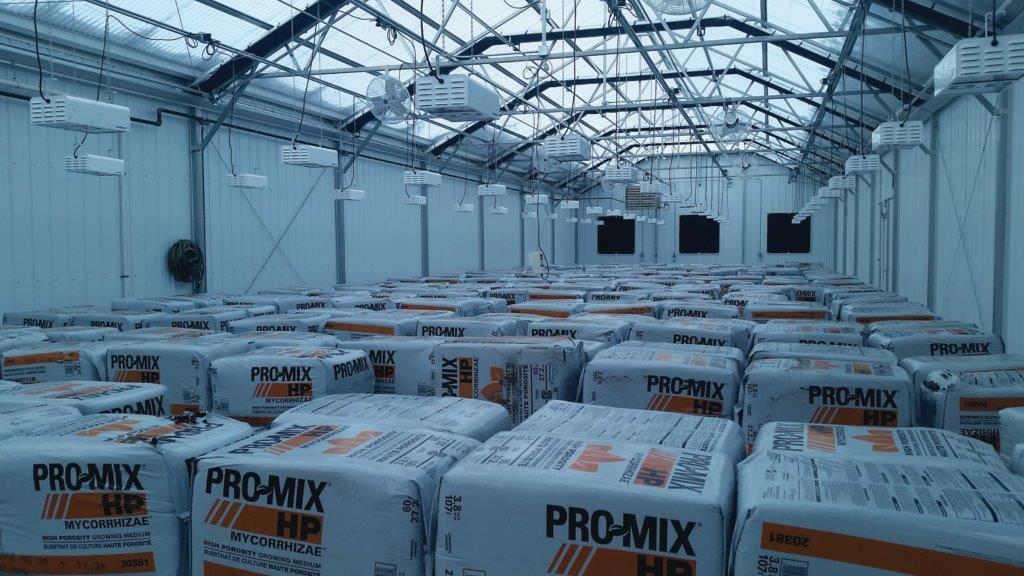
By Garrett Rudolph and Patrick Wagner
Colorado Leaf continues to inch ever closer to putting product on the shelves of cannabis retailers throughout the state, but for every obstacle hurdled, another proves to be more than just a passing challenge.
In early January, the company went through the massive task of cutting 2,000 clones from the 400 mother plants that had been growing for the previous six weeks. That effort will be enough for the company’s first veg and flower phases, owner and founder Keith Sprau said.
Ultimately, the company will need to bring its total to 3,200 mature plants and 400 clones in order to petition the state’s Marijuana Enforcement Division for an increased plant count. Because Colorado Leaf is producing its first crop in the midst of winter in Pueblo, the team has had to contend with single-digit temperatures at night. The Sprau brothers have had to learn how to ration diesel for the generators during snowstorms, as well as familiarizing themselves with the Wadsworth control system that maintains the greenhouse environment.
The majority of greenhouse construction has been finished, with the team eyeing a mid-January date of completion for the veg house and some last-minute details on the stage two flower house.
But one impediment continues to linger over Colorado Leaf: insurance.
The rural location of the Colorado Leaf farm has made it nearly impossible to find the insurance coverage needed. On Nov. 15, 2015, the Spraus received a letter from the local Red Creek Volunteer Fire & Rescue stating that the department is not equipped or trained to fight fires that could occur at a commercial or industrial structure (for more on how insurance carriers rate rural locations for fire safety, see Page 114).
The volunteer fire department has said it would require a donation of $172,000 in order to bring its services up to snuff to protect commercial buildings.
“In short, we are willing, but not able,” Red Creek Volunteer Fire & Rescue chief Joe Dyjak wrote to the cannabis cultivators in that part of Pueblo.
The Sprau brothers felt like they were being held for ransom over the six-figure cost of upgraded fire equipment, Brett said.
“Six months ago when we started this, I went and sat down and told them that we’re going to put a hook-up for you so your trucks can come right up to it and you can empty that 7,000 gallons in four minutes and go fight the fire,” Brett said.
Keith thinks the changing attitude has to do with local residents seeing so many marijuana grow facilities popping up throughout the region. It’s almost an impression of “there goes the neighborhood.”
Keith said Colorado Leaf was the first grow operation on their road. Now, there are about 10 growers on that road alone, with several massive, 100,000-square-foot greenhouses going in nearby, which will bring even more growers to town.
“Hopefully, if anything, Pueblo realizes they’ll have to slow things down at some point,” Keith said. “They can’t just keep giving out licenses the way they have been.”
Brett said he was also dismayed by the seemingly arbitrary target on commercial facilities.
“Our building is 99% steel,” he said. “The only thing that’ll actually burn is the roof, and once it burns off nothing is going to burn.”
The greenhouse, he said, uses steel, concrete, drywall, metal studs and a polycarbonate roof.
“It’s structurally more safe than a house — especially a cabin,” he said.
Regardless, there’s not a lot Colorado Leaf can do. Keith and Brett have been considering quotes from different insurance carriers, working in conjunction with the non-volunteer Pueblo Fire Department (which is farther away from the property than the volunteers) and looking at other options to make the farm better equipped to handle a fire.



